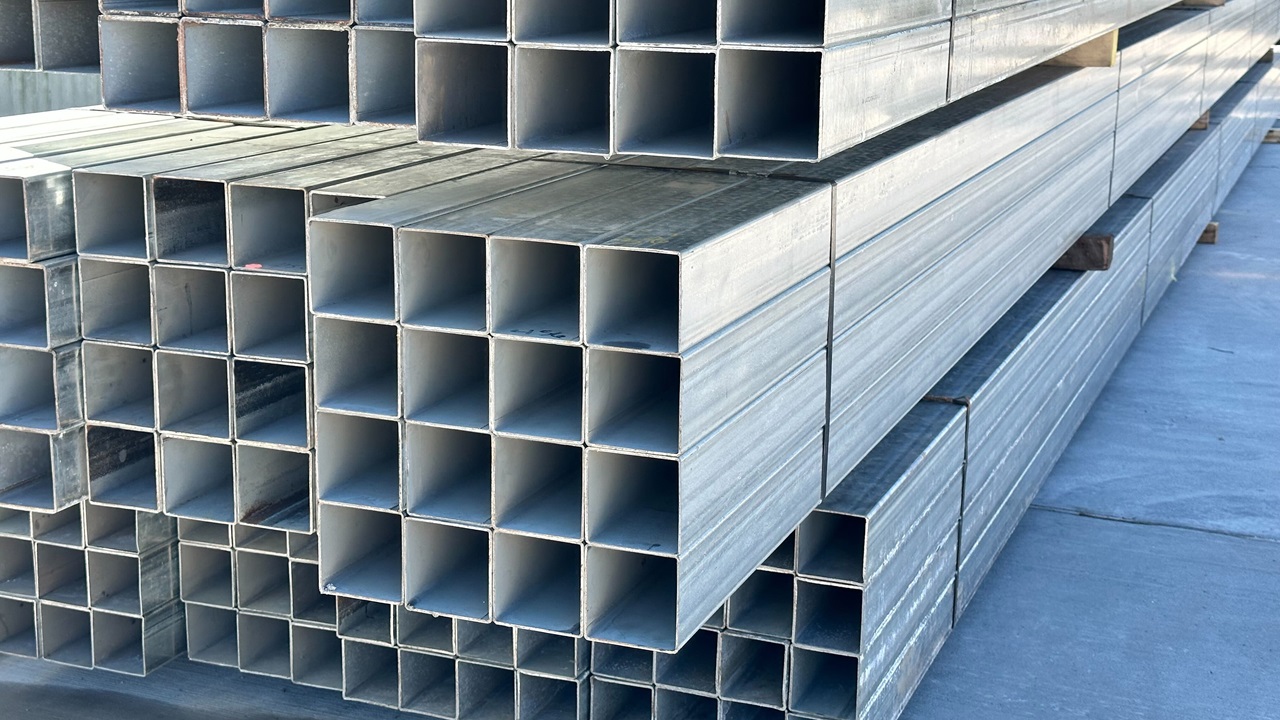Harriet loves to share technology and general things with the world. With a background in computer science, she is always on the lookout for new and innovative ways to improve people's lives. She has also been known to share her opinion on the latest episode of Game of Thrones.

Hollow pipes are integral to modern construction, manufacturing, and engineering. They come in various shapes, serving different purposes and offering their specific advantages. The commonly used types include Hollow Section -Square Hollow Section,Rectangular,Circular Hollow Pipe. Tuspipe, the leading steel piping expert, provides detailed information on features, uses, and benefits for each type to facilitate industry-informed decision-making.
Understanding Hollow Pipes
Hollow pipes are a kind of steel structure with an empty core that is both light but also strong. They find wide usage in building, automotive, and other infrastructure projects. The most commonly used three shapes, square, rectangular, and circular, are available to address various needs. Every one of these has certain specific qualities to are useful for varied applications.
Square Hollow Pipes
Square hollow pipes (SHS) are known for their symmetrical shape and strength. They have equal-width sides, giving them a balanced appearance and robust structural integrity. This design makes them perfect for use in construction projects where stability and aesthetic appeal are important. Square hollow pipes are often used for columns, beams, and frameworks in buildings. Their uniform dimensions allow for easier welding and assembly. Additionally, these pipes offer good load-bearing capacity and thus are preferred for structures such as bridges and industrial buildings, which are subject to high stress. They are also resistant to bending and hence reliable in situations where rigidity is critical.
Rectangular Hollow Pipes
Rectangular hollow pipes (RHS) offer a slightly different set of advantages. Their elongated shape makes them more versatile for specific applications. They are often used in areas where flat surfaces and strength are required, such as the construction of trailers, furniture, and railings. One of the standout qualities of rectangular hollow pipes is their ability to handle horizontal and vertical loads effectively. This makes them ideal for frameworks that require greater flexibility in design. They are also easier to stack and transport, thanks to their flat sides. In addition, their larger surface area provides more welding options, enabling creative and sturdy structural designs.
Circular Hollow Pipes
Circular hollow pipes (CHS), commonly referred to as round pipes, are widely recognized for their versatility. Their cylindrical shape offers uniform strength in all directions, making them an excellent choice for applications that involve pressure and fluid transport. Circular pipes are commonly used in water supply systems, gas pipelines, and scaffolding. The smooth shape of circular hollow pipes reduces drag when fluids or gases flow through them. This makes them efficient for plumbing and mechanical systems. Additionally, their resistance to torsion (twisting) makes them valuable in projects like offshore structures, where stability is essential under dynamic forces.
Material and Manufacturing
Hollow pipes can be of any cross-sectional shape as desired depending on the design requirement, such as strength, corrosion resistance, and weight, where the materials used are steel, stainless steel, or aluminum. Steel is used in construction mostly because it can withstand many things and is relatively cheaper. Another important factor in the quality and performance of hollow pipes is the manufacturing method, such as welding or seamless construction. Welded pipes are formed by welding steel sheets, while seamless pipes are produced from piercing a solid billet. Seamless pipes are preferred for applications where precision and strength are required because both methods produce reliable products.
Applications Across Industries
Hollow pipes are indispensable in various industries. In construction, they form the backbone of frameworks, roofs, and support systems. In transportation, they are used to build lightweight yet sturdy vehicle frames and railway components. They also find extensive use in furniture design, agricultural equipment, and sports equipment. In the energy sector, circular hollow pipes are critical for pipelines carrying oil, gas, and water. Their resistance to pressure and environmental factors ensures long-lasting performance. Similarly, square and rectangular pipes are widely used in architectural projects, where both functionality and design are essential.
Choosing the Right Pipe Shape
Selecting the right type of hollow pipe depends on the project’s needs. Factors such as load requirements, environmental conditions, and aesthetic preferences influence the choice. For example, square pipes are ideal for symmetrical designs with high load capacity, while rectangular pipes are better for broader structures that require flexibility. Circular pipes remain the top choice for transporting fluids and gases. Understanding these differences helps industries optimize their projects for efficiency and durability. Working with a knowledgeable supplier ensures access to the right materials and dimensions tailored to specific applications.
Conclusion
Square, rectangular, and circular hollow pipes each possess different strengths and applications suitable for diverse industrial needs. Understanding these benefits and the applications will allow industries to make decisions that improve not only performance but also the cost-effectiveness of an application. Tuspipe guarantees high-quality hollow pipe solutions that match modern engineering and construction requirements. Whether for a skyscraper or a simple framework, choosing the right hollow pipe shape makes all the difference in building projects that last.
